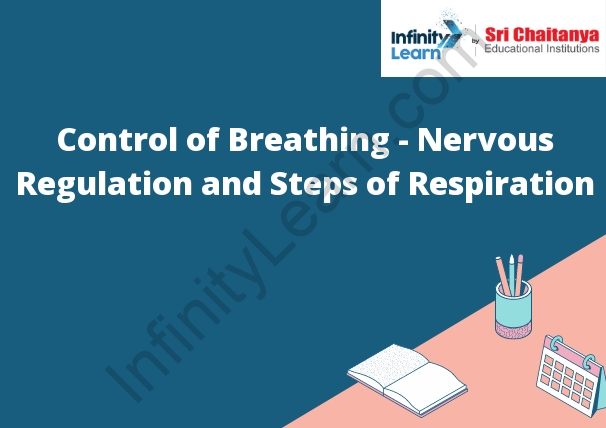Table of Contents
Breathing Definition
Breathing is the process of moving air in and out of the lungs. This process enables the body to get the oxygen it needs to survive.

Nervous Regulation
The nervous system has several ways of regulating the body’s functions. The autonomic nervous system controls the body’s involuntary functions, such as heart rate and digestion. The somatic nervous system controls the body’s voluntary functions, such as movement. The nervous system can also regulate the body’s functions by releasing hormones.
Chemical Regulation of Gene Expression
The regulation of gene expression is a process that is controlled by chemical signals. These chemical signals can be small molecules, proteins, or other macromolecules. They can bind to DNA, RNA, or proteins to control the expression of genes.
One way that gene expression can be regulated is by the binding of small molecules to DNA. This can happen when a small molecule binds to a specific site on the DNA molecule. This can change the shape of the DNA molecule, which can then affect how the gene is expressed.
Another way that gene expression can be regulated is by the binding of proteins to DNA. This can happen when a protein binds to a specific site on the DNA molecule. This can change the shape of the DNA molecule, which can then affect how the gene is expressed.
Another way that gene expression can be regulated is by the binding of proteins to RNA. This can happen when a protein binds to a specific site on the RNA molecule. This can change the shape of the RNA molecule, which can then affect how the gene is expressed.
Finally, another way that gene expression can be regulated is by the binding of proteins to other proteins. This can happen when a protein binds to a specific site on the other protein. This can change the shape of the other protein, which can then affect how the gene is expressed.
Lungs
are two spongy organs in the chest cavity that are responsible for taking in oxygen from the air and transferring it to the bloodstream. The right lung is slightly larger than the left, and it has three lobes (sections) – the superior, middle, and inferior. The left lung has two lobes, the superior and inferior. The lungs are enclosed in a pleural membrane, which is a thin layer of tissue that helps to protect and lubricate the lungs. The lungs are attached to the diaphragm, which is a muscle that helps to pump air in and out of the lungs.
Steps of Respiration
The steps of respiration are as follows:
1. The oxygen in the air is inhaled and taken into the lungs.
2. The oxygen in the lungs is then diffused into the blood.
3. The blood delivers the oxygen to the cells throughout the body.
4. The cells use the oxygen to produce energy.
5. The carbon dioxide produced by the cells is then transported back to the lungs.
6. The carbon dioxide is then exhaled from the lungs.







